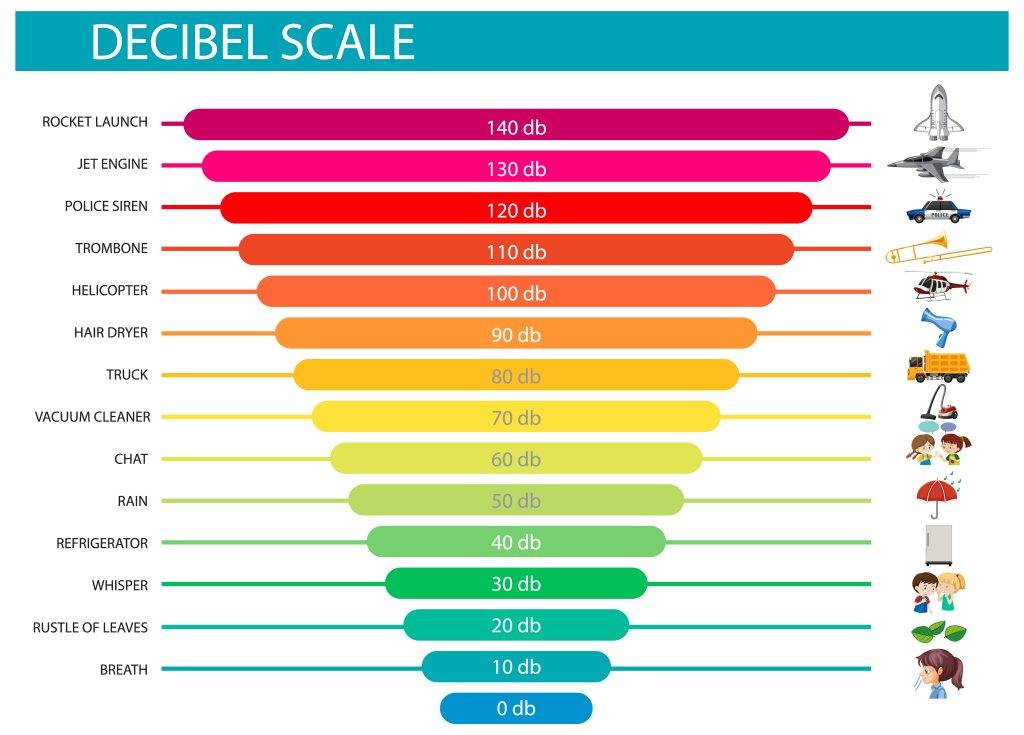Sharing is caring
Readtime: 1-2 min
And what are the practical applications and examples. Part 1.

(dB)are a logarithmic unit of measurement.
In sound and music, decibels are used to express the loudness of a sound.
higher decibels levels indicate a louder sound.
The human ear is capable of detecting a wide range of sound intensities, we use decibels for a more intuitive and manageable representation of sound levels.
In electronic terms (referred to voltage) this is also important when using equipment as this tells you how much you are boosting or cutting a signal.
to give you an example
+6 dB = boost the voltage 2 times
+20 dB = boost the voltage 10 times
+40 dB = boost the voltage 100 times
+80 dB = boost the voltage 10,000 times
If you consider that your standard dynamic mic (Shure SM57) outputs 1millivolt (0.001V) and if used on a quiet source you might be setting your microphone preamps to 80dB you would be likely seeing at the out XLR of the preamps something in the region of 10V volts or 22dBu.
That is a huge amount of amplification.
There is no such thing as “free gain” and the main trade off is that gain always carries noise with it, the more you amplify the more noise you create. The only way of amplifying a signal without inducing more noise to it is to use a transformer, but more on this subject in future posts.
The main TIP here would be to always match the microphone type and sensitivity to the source loudness to achieve the best Signal to Noise Ratio S/N.
(dBu) The “u” in dBu stands for “unloaded/unterminated” because the levels are not dependent on a specific load impedance, or termination.
Current audio gear specifies input and output levels as dBu where 0 dBu is 0.775 volts.
This voltage is not arbitrary and it relates to an earlier standard called dBm to be discussed in another post.
The volume unit (VU) meters in a recording studio or broadcast console is offset by convention.
When calibrating equipment, we typically use a 1 KHz sine wave at +4 dBu (1.23 volts). So when we send that to an input, if everything is at unity we would expect the console’s meter to read 0 VU.
+4dBu should be your new best friend 😉

Stay tuned for Part 2!